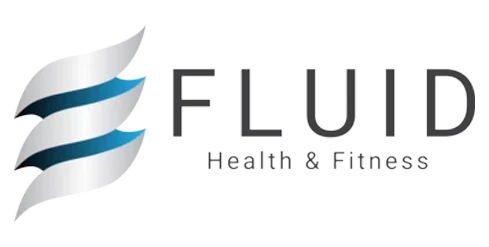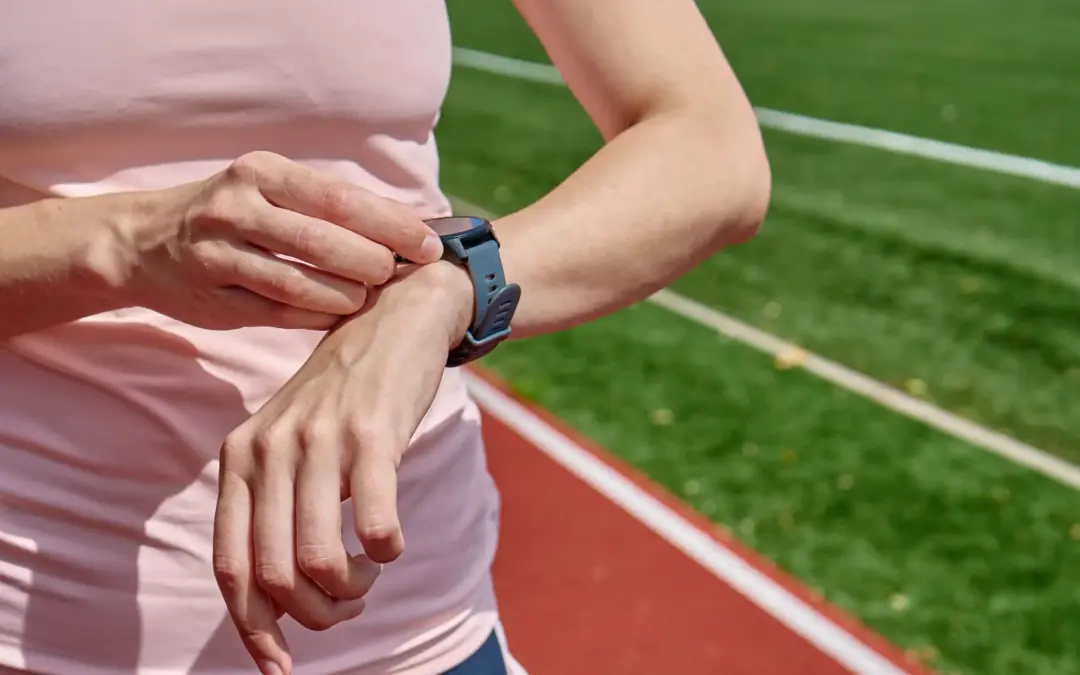
Imagine installing a high-torque race engine into a compact car frame riddled with misalignments, weak suspension, and uneven tire wear. The result? Catastrophic failure — not because the engine lacked power, but because the system lacked integrity.
This is exactly what happens when you subject the human body to intense cardio or high-load training before restoring its structural foundation. At Fluid Health and Fitness, we operate on a principle as simple as it is non-negotiable:
Fix the frame. Then condition the engine.
Without biomechanical alignment, your cardiovascular and muscular systems operate inefficiently, burning more fuel, producing more waste, and accelerating breakdown. Cardio without control isn’t building capacity — it’s compounding dysfunction.
Stage One: Biomechanical Correction
Goal: Align your joints, correct posture, and fix how your body transfers force.
This foundational stage is about creating a mechanically sound structure. Think of it like leveling the foundation of a house before adding walls, plumbing, or electrical systems.
Key Interventions:
-
Full-body movement screening for joint misalignments
-
Corrective exercises to resolve common postural distortions (e.g., anterior pelvic tilt, rounded shoulders)
-
Breathing retraining to reestablish diaphragmatic function
-
Gait and walking pattern restoration
-
Soft tissue work and mobility drills to reduce compensatory tension
Why It Matters:
-
Misaligned joints alter muscle firing and breathing patterns
-
Inefficient movement increases oxygen cost and energy waste
-
Postural dysfunctions reduce lung capacity and fatigue resistance
Scientific Backing:
A study on Neuromuscular Efficiency and Oxygen Consumption During Walking and Running found:
-
10–15% higher VO₂ demand in people with inefficient motor patterns
-
Increased co-contraction (antagonist muscles firing together) leads to wasted energy
-
The worse the movement pattern, the greater the cost at higher speeds
Stage Two: Neuromuscular Repatterning & Strength Development
Goal: Retrain your nervous system to coordinate movement efficiently under load.
Once posture and alignment are restored, we re-educate muscle chains and joint sequencing. This is the “rewiring” phase — ensuring your body moves as a connected, stable unit.
Core Strategies:
-
Core sequencing: Activate diaphragm, pelvic floor, and transverse abdominis
-
Segmental control drills to teach joint restraint before propulsion
-
Strength circuits that reinforce motor control, not just force output
-
Integration of global movement patterns: gait, rotation, and anti-rotation
Why It Matters:
-
Movement is governed by motor planning — not just muscle mass
-
Poor sequencing creates overuse injuries and exhausts stabilizing systems
-
You must first hold posture before moving through it
Stage Three: Cardiopulmonary Optimization
Goal: Build your aerobic engine on a stable, neurologically organized chassis.
Now that the “frame” and “wiring” are in place, we safely install and fine-tune the engine. Cardiovascular training at Fluid is not random intervals and sweat. It’s methodical, evidence-based metabolic development tailored to the structure beneath it.
Organizing Cardio Around the Nervous System
We don’t just track heart rate — we assess how your autonomic nervous system is responding to training. The balance between the sympathetic (fight/flight) and parasympathetic (rest/recover) branches defines your adaptability and risk of overtraining. The tool that tracks this is called Heart Rate Variability or (HRV) for short.
Our Tools:
-
Heart Rate Variability (HRV): Measures beat-to-beat variation and nervous system recovery
-
VO₂ Testing: Determines ventilatory thresholds and respiratory efficiency
-
Ventilatory Equivalents (Ve/VO₂ and Ve/VCO₂): Reveal oxygen and CO₂ handling under load
-
Respiratory Exchange Ratio (RER): Tells us whether you’re burning fats or carbs
Why This Matters:
-
Low HRV = Poor recovery, high sympathetic dominance
-
High Ve/VCO₂ = Respiratory inefficiency, early fatigue
-
RER >1.1 at submaximal loads = Metabolic dysfunction
-
Flat PetCO₂ = Hyperventilation or cardiovascular compromise
The Five Phases of Fluid’s Cardio Development Model
| Phase | Objective |
|---|---|
| Base Development | Reestablish nasal breathing and diaphragmatic control under low intensity load |
| Interval Work | Introduce moderate efforts without losing postural or respiratory stability |
| Linear Tolerance | Build anaerobic threshold while preserving biomechanical alignment |
| Multidirectional | Train metabolic durability across movement planes |
| Sport-Specific | Integrate dynamic, reactive patterns under maximal metabolic demand |
Why Cardio Must Be Introduced After Biomechanics
You can’t separate mechanics from metabolism. Cardio without biomechanical readiness:
-
Wastes energy: Misaligned joints force inefficient movement patterns
-
Limits oxygen delivery: Poor posture reduces tidal volume and lung efficiency
-
Increases injury risk: Repetitive movement magnifies every compensation
-
Skews nervous system adaptation: Chronic stress from inefficiency lowers HRV
HRV: Your Dashboard for Readiness
Heart Rate Variability isn’t just a number — it’s a live readout of your body’s adaptability. At Fluid, we teach members how to self-monitor HRV to guide training intensity.
Our HRV Education Includes:
-
How to interpret trends (e.g., baseline drops = reduce volume/intensity)
-
Parasympathetic activation drills (breathwork, 6-2-2 protocols)
-
Matching HRV to movement quality and zone-based cardio output
-
Using HRV with our VO₂ and metabolic data to predict readiness
Advanced Metrics: What We Measure, and Why
| Metric | What It Tells Us | Why It Matters |
|---|---|---|
| VO₂ max | Maximal oxygen consumption | Peak aerobic potential |
| Ve/VO₂ | Ventilatory efficiency for oxygen | Lower = better breathing economy |
| Ve/VCO₂ | Efficiency in expelling CO₂ | Higher = poor buffering capacity, red flag |
| RER | Fuel source indicator (fats vs. carbs) | Guides nutrition and zone design |
| PetCO₂ | End-tidal carbon dioxide levels | Tells us about perfusion and metabolic distress |
| HR Recovery | Parasympathetic reactivation post-exercise | Gold standard for cardiovascular health |
Bottom Line: Train the Right System at the Right Time
You cannot condition dysfunction.
We train structure before speed. Control before capacity. Recovery before repetition.
You wouldn’t put a jet engine on a go-kart. Don’t put elite cardio loads on a compromised frame.



